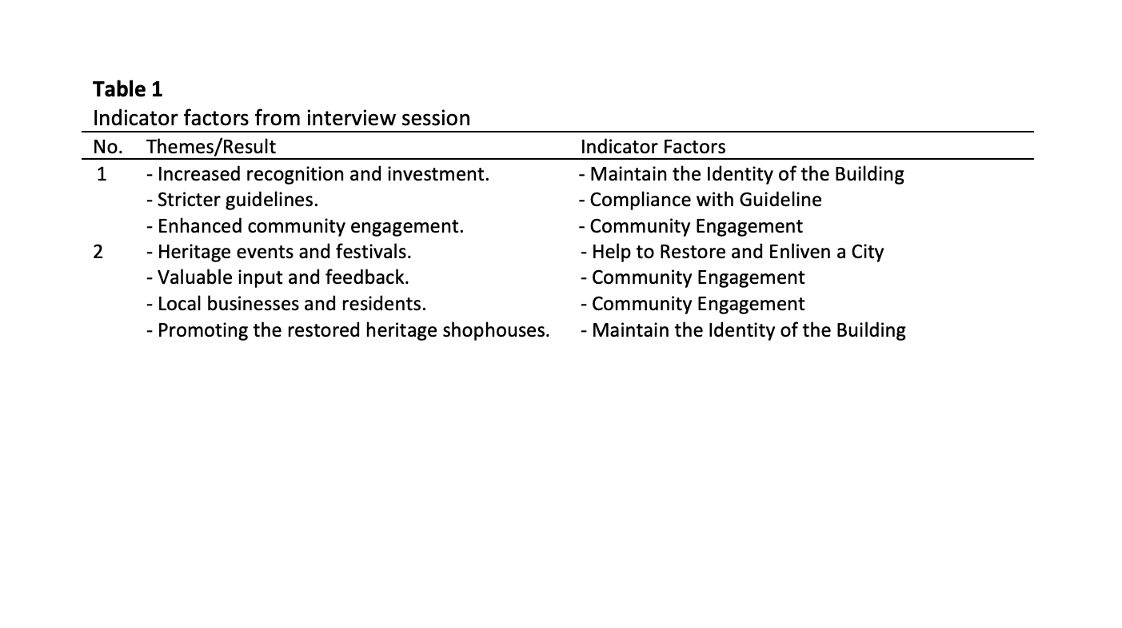Identifying the Encouraging Factors of Adaptive Reuse: Heritage Shophouses in Georgetown, Penang, Malaysia
DOI:
https://doi.org/10.37934/ard.119.1.18Keywords:
Adaptive reuse, heritage shophouses, awareness, appraisal, preserveAbstract
The process of modifying or changing an old structure for a new use or purpose is known as "adaptive reuse." Recently, there has been a growing phase of development focused on adaptive reuse, reflecting an increasing recognition of its importance. This approach primarily aims to halt urban decay, promote social reform and preserve architectural and cultural heritage. Many of the shophouses are facing challenges related to preservation, maintenance and modern adaptation, posing a risk to their historical and cultural value. This study identifies the significant factors that encourage the adaptive reuse of heritage shophouses in this region. The research methodology employed was qualitative and utilizing interview techniques. Interviews were conducted with architects and technical assistants who have expertise in the adaptive reuse of heritage shophouses especially in Georgetown, Penang. Open-ended questions were carefully designed and distributed to the respondents during the interview sessions to gather detailed information about the factors promoting adaptive reuse of heritage shophouses in Georgetown, Penang. Through a thorough process of data analysis, the researcher identified the elements that support and encourage the adaptive reuse of heritage shophouses in Georgetown, Penang. The findings of the study showed that the most significant factors that encourage the adaptive reuse of heritage shophouses in Georgetown, Penang was to help to restore and enliven a city.
Downloads























